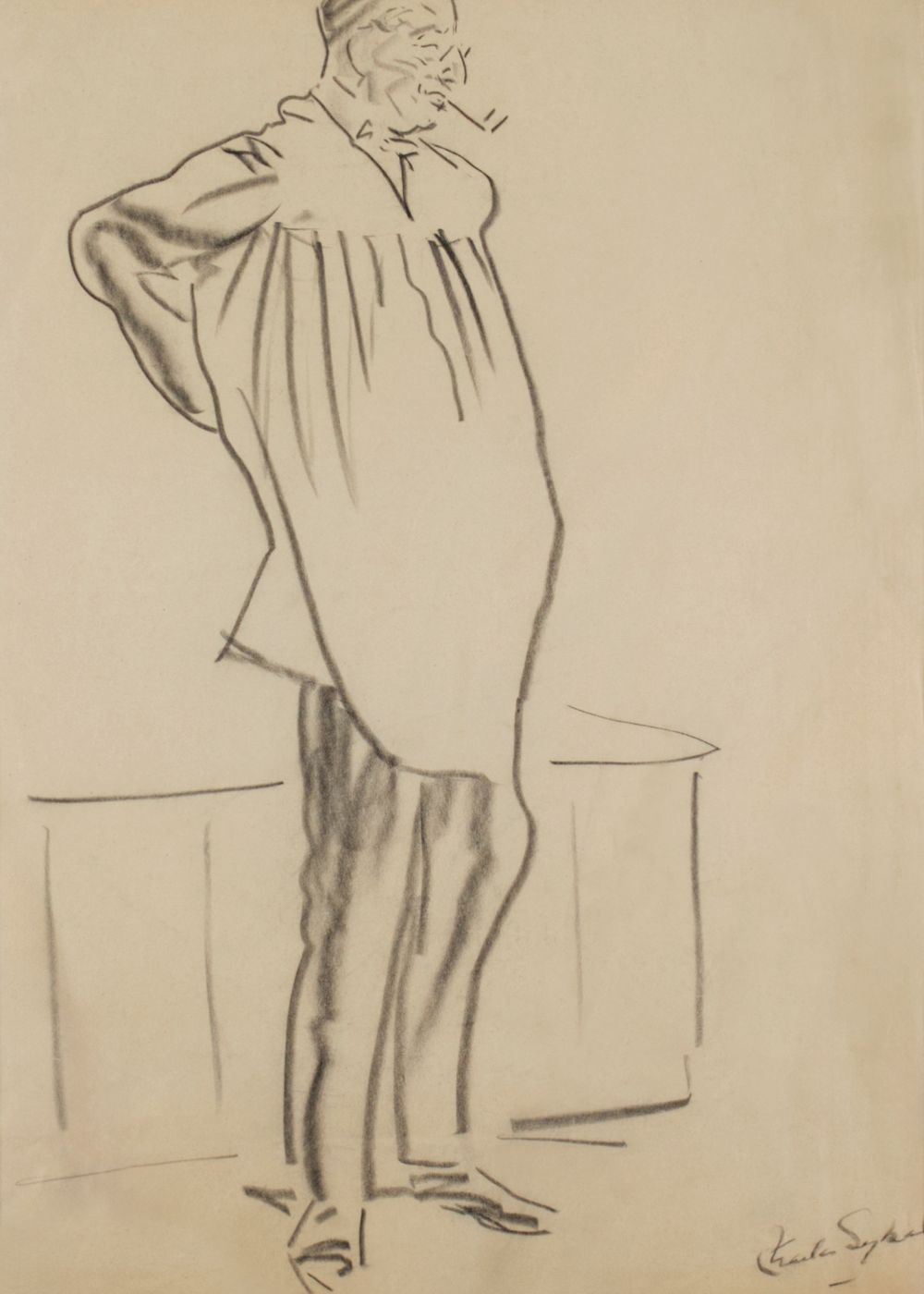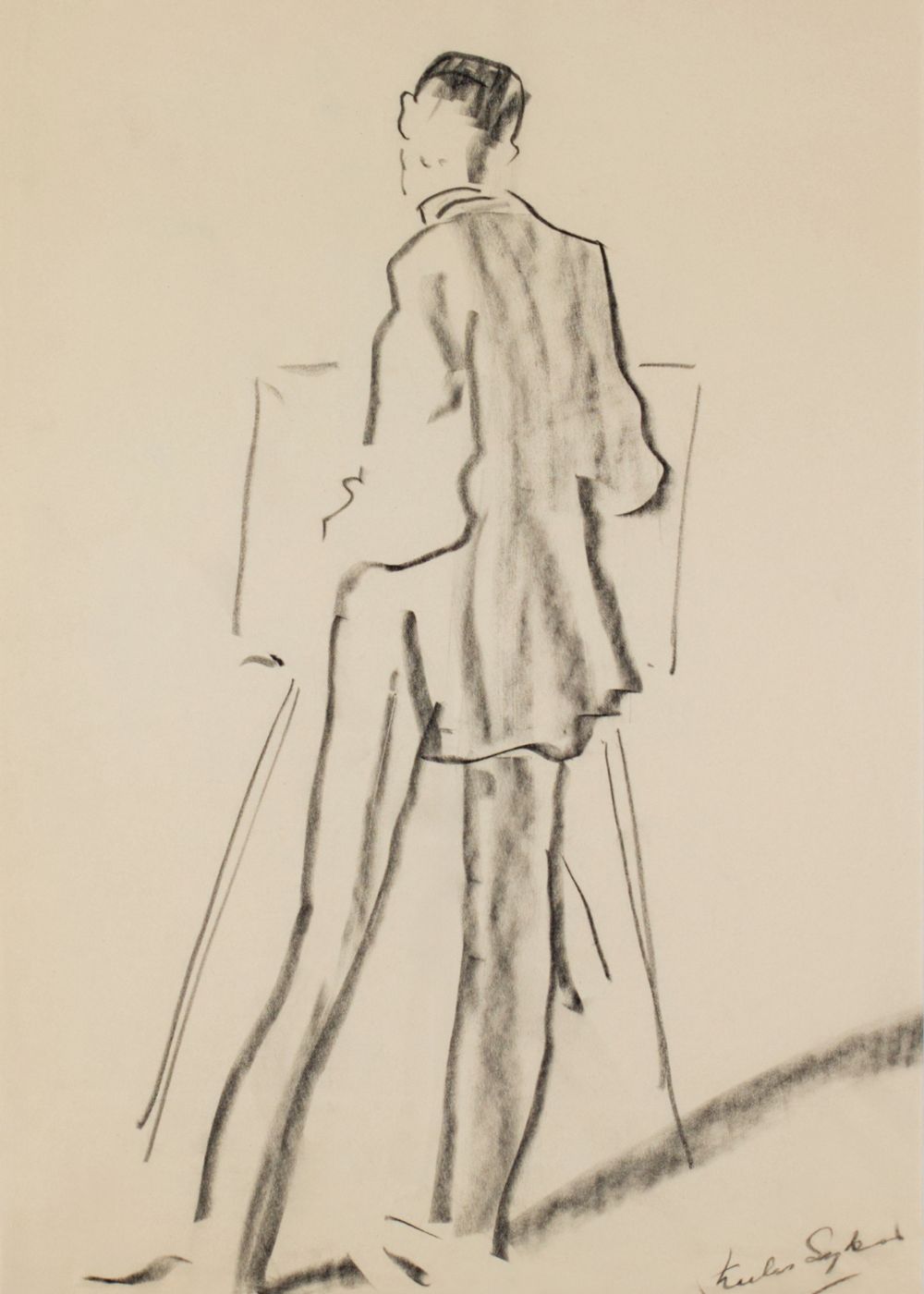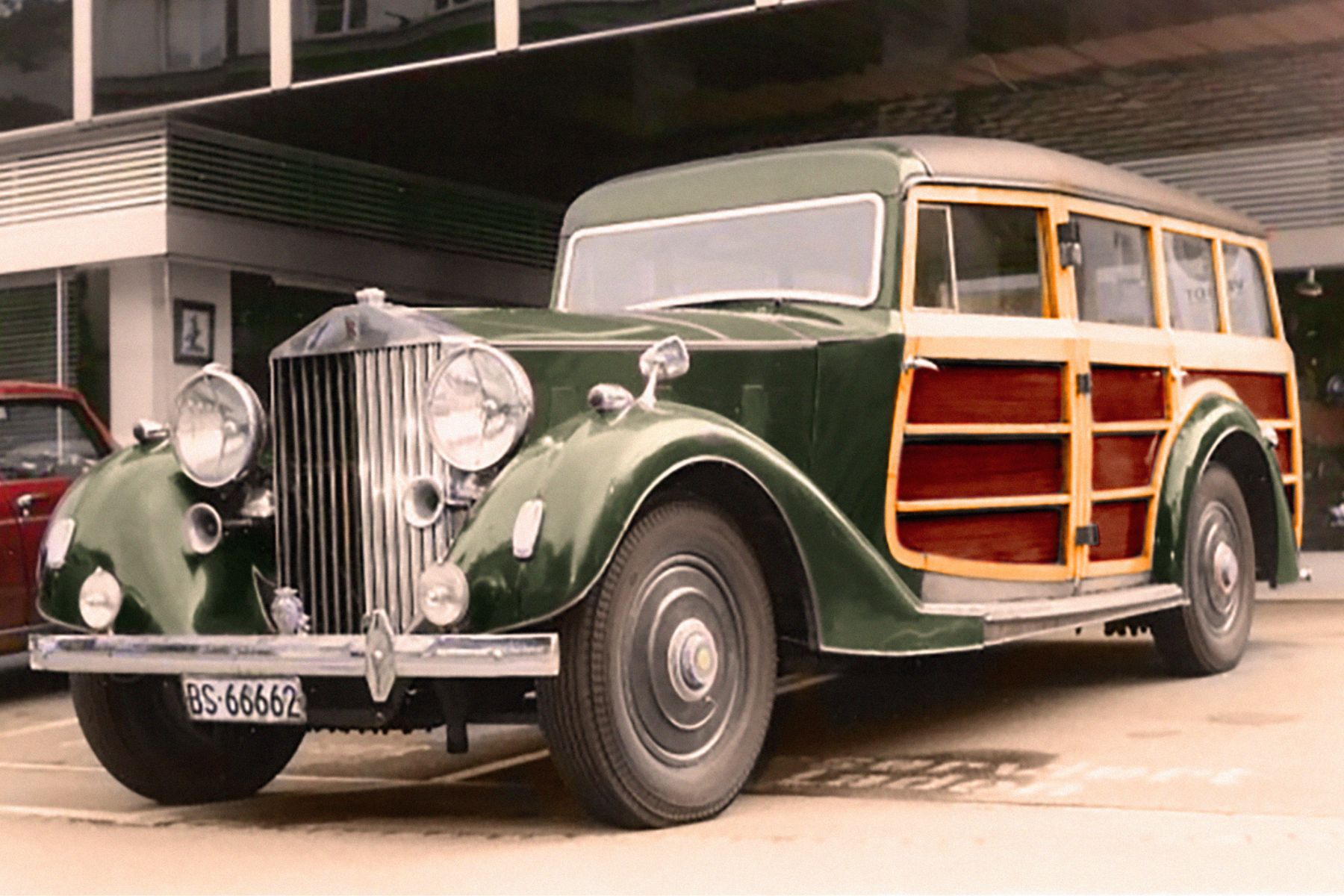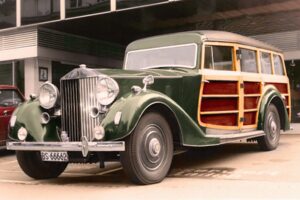As the marque’s most iconic model, Phantom has not only transported some of the world’s greatest creative minds – it has also served as a medium of expression, a muse, and in some cases, a work of art in its own right. In celebration of Phantom’s centenary in 2025, Rolls-Royce pays tribute to its legacy as a symbol of artistic freedom and self-expression.
“Phantom has often featured in incidents of creative significance – many of them defining moments of the last decade,” says Chris Brownridge, Chief Executive Officer of Rolls-Royce Motor Cars. “As we mark Phantom’s centenary, it is the perfect time to reflect on this motor car’s endlessly intriguing legacy.”
Over the decades, the Phantom has been both a collector’s treasure and cultural statement – a car driven not only by royals and rulers, but also by artistic pioneers. From the likes of Salvador Dalí and Andy Warhol to Dame Laura Knight and Cecil Beaton, the Phantom’s passengers read like a Who’s Who of modern creativity.
Salvador Dalí: Cauliflowers, surrealism, and a Phantom full of eccentricity

It’s hard to imagine anyone more suited to a Rolls-Royce Phantom than Salvador Dalí. Known for his flamboyance and surrealist flair, Dalí treated life itself as a performance – and his encounters with Phantom were nothing short of theatrical.
In 1955, Dalí borrowed a black-and-yellow Phantom to make a grand entrance at Paris-Sorbonne University. Instead of a conventional arrival, he chose to fill the car with over 500kg of cauliflowers. When he flung open the doors before his lecture, the vegetables spilled onto the Parisian pavement in spectacular fashion. The moment – more memorable than his topic on phenomenological aspects of paranoid-critical theory – was immortalised as an act of absurdist genius.
Rolls-Royce has since commissioned a contemporary artist to commemorate this moment of wild imagination with an original artwork, honouring Dalí’s eccentric spirit.
Dalí’s relationship with Phantom didn’t end there. In 1934, he also featured the car in an illustration for Les Chants de Maldoror, depicting it in a bleak, frozen landscape – a striking juxtaposition of luxury and loneliness, of the Phantom as both vehicle and metaphor.
Andy Warhol: Pop art, Studio 54, and a 1937 Phantom shooting brake

Dalí’s influence lingered long after that cauliflower-strewn winter. In 1965, he met a young Andy Warhol in New York – an encounter captured by British photographer David McCabe, who remembered how Dalí “turned the whole event into theatre. Andy was petrified.”
Unlike his mentor, Warhol didn’t just borrow a Phantom – he owned one. The artist purchased a 1937 Phantom, transformed into a shooting brake, after spotting it in an antique shop in Zurich in 1972. He kept it until 1978, during his rise to cultural superstardom.
In tribute to Warhol and the Pop Art movement he helped define, Rolls-Royce has commissioned a modern reinterpretation of Phantom in that same bold, expressive style – one that channelled consumerism, colour, and celebrity into artistic revolution.
The Spirit of Ecstasy: Charles Sykes and Rolls-Royce’s earliest art collaboration

Long before its connection with contemporary artists, Rolls-Royce’s relationship with the art world began with Charles Sykes – the man behind the brand’s most enduring icon, the Spirit of Ecstasy.
In 1911, Sykes created the now-famous mascot as a response to CJ Johnson’s request for a bonnet sculpture that captured the essence of the Rolls-Royce experience. Inspired by the flowing grace of the Winged Victory of Samothrace, Sykes sculpted a delicate figure that, in his daughter Jo’s words, could ride “on the bonnet without losing her balance”.
His work, once seen on the pages of The Car Illustrated, transitioned seamlessly into sculpture – with Sykes himself overseeing production until his daughter took over in 1928. Until 1948, every Spirit of Ecstasy atop a Phantom was likely a Sykes original, further blurring the line between engineering and artistry.
Today, Sykes’ legacy is preserved in the British Museum and the V&A – but his most recognisable work continues to grace every Rolls-Royce Phantom around the world.
Phantom as canvas: A century of inspiration and individuality

For collectors and creatives alike, the Rolls-Royce Phantom has never been just a car. It is a symbol – of taste, of status, of singular vision. It is a canvas that invites personalisation, a presence that stirs creativity, and a catalyst for unforgettable moments.
As Phantom steps into its next century, Rolls-Royce is embracing its unique place in artistic history – commissioning modern tributes, revisiting eccentric milestones, and reaffirming that true luxury lies not just in craftsmanship, but in self-expression.
From racecourse studios to cauliflower performances and pop culture revolutions, the Phantom remains a silent yet powerful witness to the ever-evolving story of art.
For more information, visit the official website.
For more motoring stories, head here.








